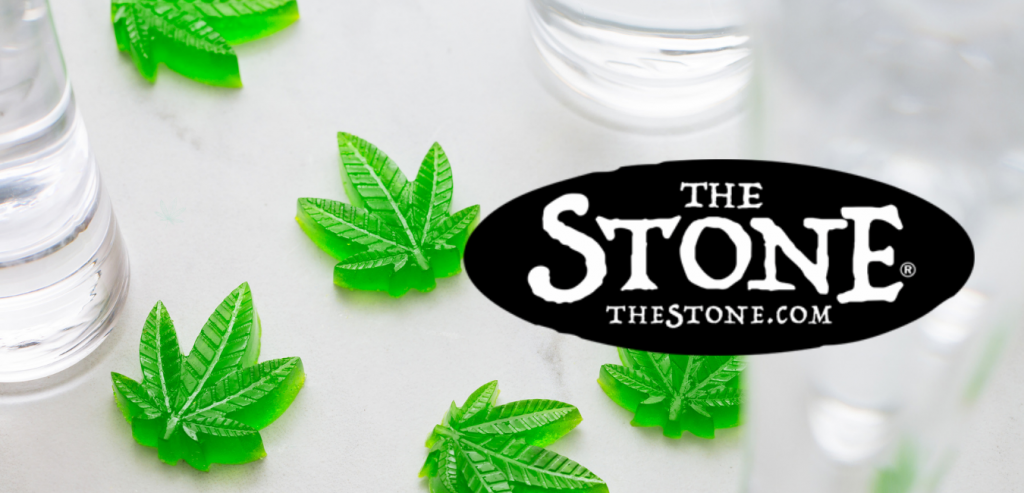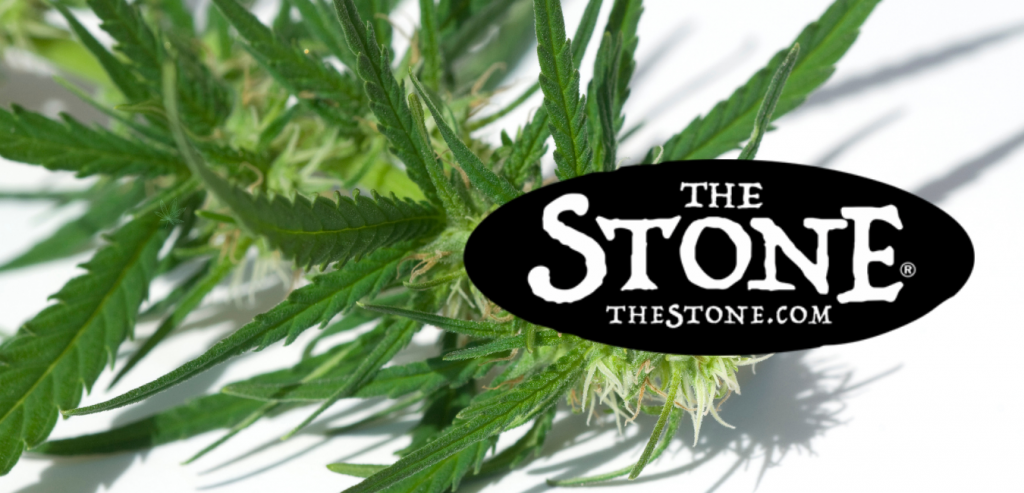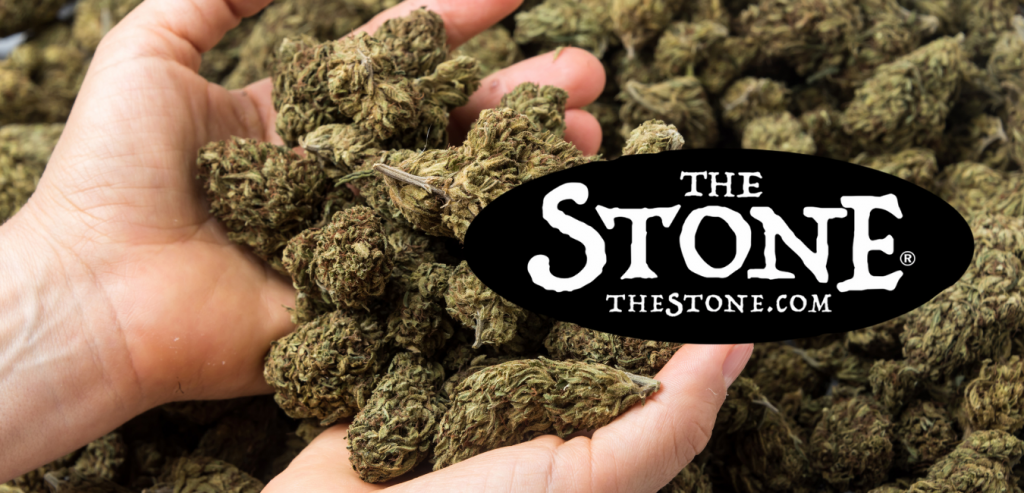
This website is for users aged 21 and over. Please confirm your age.
Cannabis contains over 500 chemicals, including 60 cannabinoids unique to the plant genus Cannabis. The cannabinoids interact with the body through the endocannabinoid system, a ubiquitous endogenous bio-system. The endocannabinoid system regulates physiological processes such as pain sensation and mood and mediates our psychoactive response to cannabis.
When patients report different experiences from similar doses of medical cannabis, five prominent taste profiles can be discerned. This article describes a concept for patients and physicians to classify, compare, and contrast medical cannabis based on its taste profile.

This was a delightful profile if the taster had to say so himself. It’s not expected that a “smokable” and “comforting” smoke gets such excellent ratings for flavor and aftertaste. The same unique arrow pattern emphasizes the notion that this is a perfect smoke.
I prefer it over several other popular types because of its consistency and nearly perfect flavor profile. Each bowlful I smoked was cool and smooth, going down with a whole body feel, and it got me medicated as well.
I tend to like the Indicas more than some Sativas; they have a sedative effect on me so I feel sleepy or “high” from them. Consequently, my tolerance rises quickly with Sativa strains; and I experience paranoia or anxiety if I smoke too much of them. In this case, that is why the duration of effect is cited as “short.”

I always wanted another pipe in short order. The strain may be considered “stacking friendly” and popular with those who enjoy long-term pain relief or treatment for insomnia.
While on vacation, I smoked a few bowls in the morning and again at night. I found it worked well for helping me sleep if I took a few minor hits before bedtime. This is not an end-of-day smoke, but you could probably get away with smoking a little bit of “Tangie” later.
Its flavor profile is unique, and it aims to please most palates. The high THC content helps assure that the effects will be powerful; it could lead to some couchlock for those who smoke too much of it in one sitting.
I claim no expertise in this area, but the combination of THC and CBD has medical benefits for problems like:
The high THC content makes it the best choice for robust relief conditions.
Although there is not much information about “Tangie,” I’ve heard from reliable sources that this strain is a “killer” for appetite stimulation. Moreover, the high THC content will help relieve pain and depression, although it may not be the best choice for patients prone to anxiety or paranoia.

He didn’t notice much nausea relief from the chemo drugs but could eat a good breakfast without any problems afterward. He also says that his appetite was significantly increased–and he felt very comfortable and relaxed for most of the day after smoking it one morning before work.
None of this is intended as medical advice–I’m just stating my opinion based on what I’ve experienced and heard from others. I would welcome any input from any medical professionals who might like to comment about the disease treatment applications of this strain.
May “Tangie” be a blessing and bring comfort to many suffering patients!
Denver Dispensaries are the best dispensaries in Colorado. They have a variety of techniques to help people with their cannabis needs. Denver Dispensaries have a wide variety of products to choose from. They also offer a wide range of services, including education and counseling. Denver Dispensaries are committed to helping people find the right cannabis for their needs.
They also offer a variety of resources to help people learn about cannabis. Denver Dispensaries are the best dispensaries in Colorado.
Denver Dispensaries have these techniques to help people:
– Offering a variety of products
– Offering a wide range of services
– Committed to helping people find the right cannabis for their needs
– Offering a variety of resources to help people learn about cannabis
– Denver Dispensaries are the best dispensaries in Colorado.
Denver Dispensaries are the best dispensaries in Colorado. They offer a wide variety of products and services that will meet your needs. They also provide excellent customer service and are always willing to answer any questions you may have. Whether you’re looking for medical or recreational marijuana, Denver Dispensaries are the place to go. They have a variety of strains to choose from and always have the latest products. If you’re looking for a dispensary that you can trust, Denver Dispensaries are the best option.
Thanks for choosing Denver Dispensaries!
We warmly welcome you to explore our highly acclaimed strains, concentrates, and edibles. Serving recreational clients with pride is our passion.
At our dispensary, you'll find a professional yet inviting atmosphere that prioritizes your comfort and privacy. Feel free to stop by at your earliest convenience to experience it for yourself. We can't wait to serve you!


